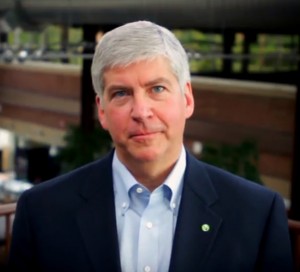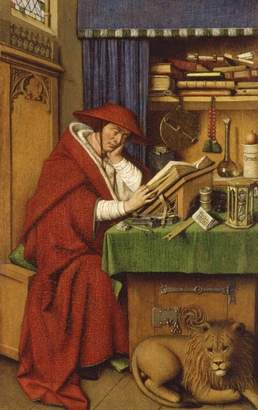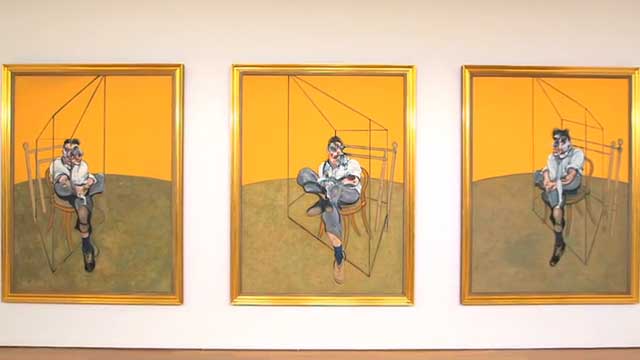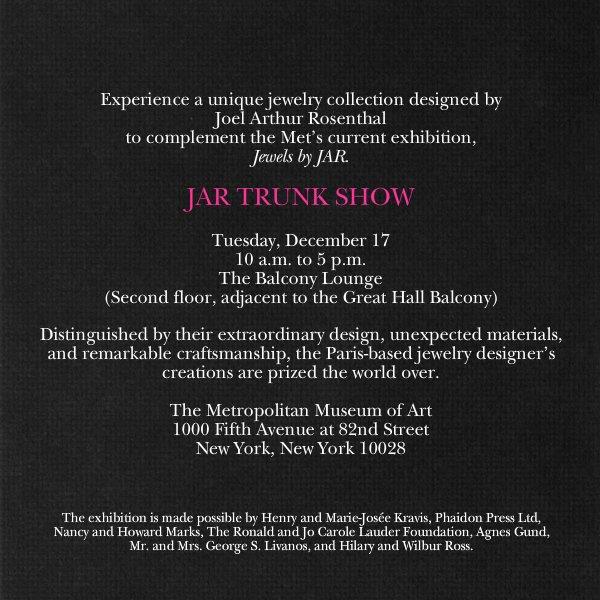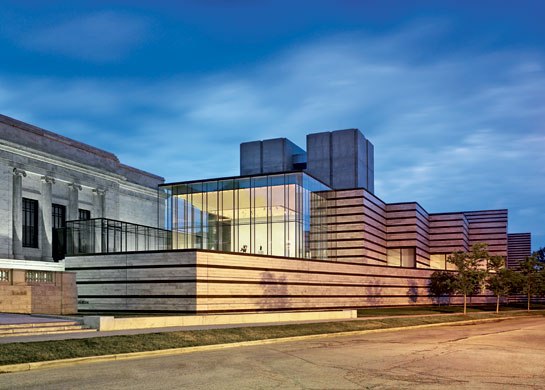 Last night, the Cleveland Museum of Art opened its new west wing galleries (at right), designed by Raphael Vinoly and featuring Chinese, Indian, Southeast Asian, and Himalayan art — thus completing its years-long renovation and expansion. I can’t really be specific on how long it has been — though the museum says eight years — because it seems to me that I first saw models of the plan back in the late ’90s, when the museum was led by the late Bob Bergman (who died in ’99).
Last night, the Cleveland Museum of Art opened its new west wing galleries (at right), designed by Raphael Vinoly and featuring Chinese, Indian, Southeast Asian, and Himalayan art — thus completing its years-long renovation and expansion. I can’t really be specific on how long it has been — though the museum says eight years — because it seems to me that I first saw models of the plan back in the late ’90s, when the museum was led by the late Bob Bergman (who died in ’99).
The New Year’s Eve  party was a ticketed event (sold out, per the website), so the galleries really open to the public tomorrow, Friday and — nicely — on Saturday with a scholar’s day (which, oddly, includes a scavenger hunt and games as well as serious lectures).
I think we would have heard more about the New Year’s Eve celebration and the subsequent activities nationally had it not been for the unfortunate events earlier this year surrounding the museum’s recently departed director David Franklin.
But never mind: the museum, being led — strangely — by a trustee for the moment, racked up a big series of accomplishments last year, and Franklin must be given credit for most of them, his personal life notwithstanding. In mid-December, the museum listed some (here):
- 501,314 visitors came to the museum during the 2012-2013 fiscal year — a 39% increase year-over-year and the highest attendance in more than a decade.
- Key drivers of attendance included the opening of the museum’s 39,000 square foot atrium and the innovative Gallery One, which has won some tech awards.
- The new north wing galleries opened.
- The museum started some new programming initiatives, including the MIX at CMA first Friday happy hour series and Second Sundays family day programming.
Despite receiving a recent philanthropy update and the following disclosures about fundraising in the past year, I am pretty sure the museum must still raise a tidy sum to complete its $350 million capital campaign, but on New Year’s Day, I have not even tried to pin down someone at the museum — let’s just say it’s substantial. Still, the release said:
Over this period [the FY], the museum raised nearly $36 million from over 15,000 supporters and 20,000 members. In the first six months of the current fiscal year, which will end on June 30, 2014, overall fundraising has outpaced last year by more than 80%, totaling $24 million. These dollars support all aspects of the museum’s work and allow the museum to maintain a balanced budget. Since July 2012, commitments for Transformation: The Campaign for the Cleveland Museum of Art alone totaled $27 million.
The museum also is to be congratulated for starting the Joseph and Nancy Keithley Institute for Art History, on partnership with Case Western Reserve University. This initiative, designed for curators, scholars, museum directors and academic leaders, reimagines a joint doctoral program that the museum and university developed together over the past few years by stressing an “object-oriented†approach that integrates theory and methodology with intense study of actual pieces of art. It’s funded in part by the Mellon Foundation.
So Cleveland, I hope you have begun a serious search for a new, highly qualified and scholarly director, one who will match your marvelous collection. I wish you a better 2014 than 2013 turned out to be.

